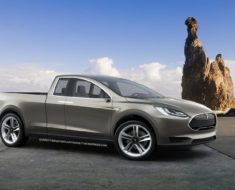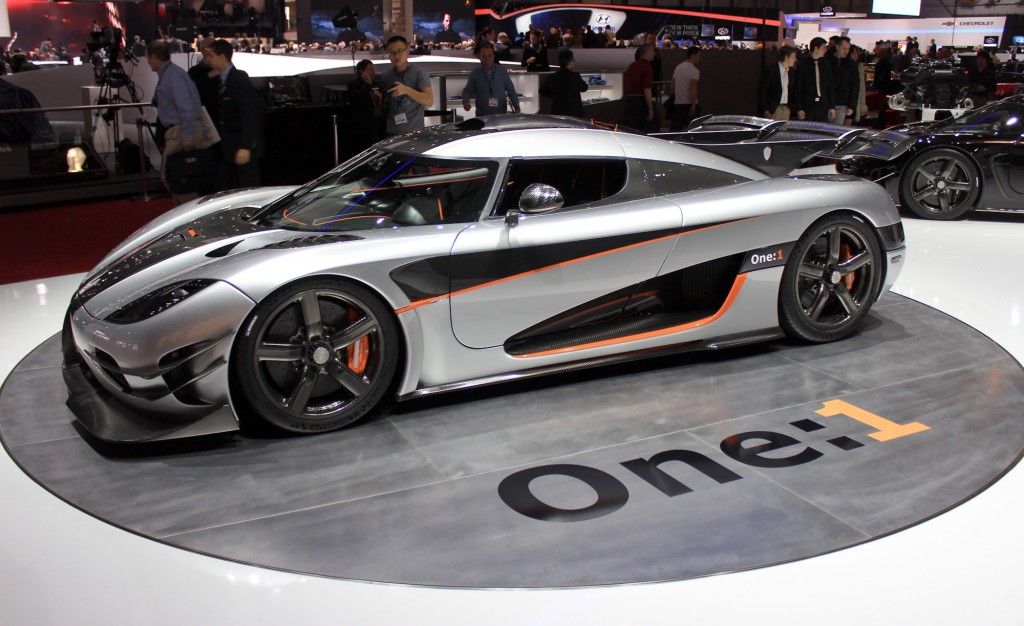Since the release of Back to the Future in 1985, the public has been eagerly awaiting the possibility of flying cars. A mainstay of science fiction and even teased by reputable magazines like Popular Science, the idea of personal flight for grocery shopping or commuting to work has tantalized consumers and led many manufacturers to investigate the feasibility of the tech. While it looks like the average driver will have to wait a little longer, at least one car-focused company is incorporating personal flying vehicles into their business model.
Ride-sharing app giant Uber has been in a somewhat precarious position lately. The company faces potentially massive profit losses after losing the legal battle to continue operating in London. A second legal proceeding is ongoing in Brazil, though the company is faring comparatively better after an intense advertising campaign within the country ahead of a vote that would place more stringent licensing requirements for their drivers. Still, Uber continues to persevere and revealed this week that by 2020 they intend to begin tests of an all-new high tech solution for city travel.
Called UberAir, the project was realized thanks to a partnership with NASA to produce flying taxis with a viable pricing model similar to what customers already pay for standard road trips. Initially called “Uber Elevate” and scheduled for a 2016 release, the name change also brings with it a change to schedule, with the program set to appear in at least Los Angeles for testing by 2020, though the company has also indicated that Dallas and Dubai will also participate in the testing phase. The company’s ultimate plan is to have the tech fully operational by 2023.
While the craft will initially use pilots out of safety concerns, the taxis are actually being developed to be fully autonomous. NASA isn’t the company’s only partner either, as the taxis were developed in cooperation with Mooney and Bell Helicopter, Pipistrel Aircraft, Aurora Flight Sciences, and Embraer. The planned taxis are entirely electric, making them perfect for the environmentally -taxing cities they will be employed. They work via Distributed Electric Propulsion, which powers the small rotors that keep the craft airborne. The taxis, like helicopters, take off and land vertically, though Uber reported that overall they are quieter, safer, and more eco-friendly. As expected, the new craft will be introduced alongside a new mobile app, though the experience is intended to be as simple and straightforward as booking a car with Uber is currently.
Dil Bole Oberoi



